Project history
HAWA IV builds upon the “pilot phase” (September 2013 until January 2016) and project phase II (February 2016 until December 2018), and project phase III (March 2019 – December 2021) which established a good basis for effective cooperation between the ASPR and KAIPTC as contractual project partners, the Ministry of Defense as a key supporting institution, the ADA as a donor and the Austrian Federal Ministry for Europe, Integration and Foreign Affairs (MFA) as another important stakeholder, especially in the context of the Austrian 3C Approach. Fragile situations require a coordinated, complementary, and coherent approach by all actors. The 3C approach involves coordinated action by state institutions from the fields of diplomacy, development policy, military, financial and economic policy, police and justice as well as from non-governmental organizations from the fields of development cooperation, humanitarian aid, the protection and promotion of human rights as well as peacebuilding. Specific qualities, approaches, working principles and procedures come into play at various levels.
The HAWA project is part of a long-term commitment to peace and security in West Africa.
Gender equality
Applying an OECD DAC Gender Equality Policy Marker 1, the whole project is gender mainstreamed, central components of the project expressly focus on a transformative approach towards gender equality and the intersections of gender and other social categories as age, ethnicity, and origin. The project activities contribute to indicators of the ECOWAS Disaster Risk Reduction Gender Strategy and Action Plan 2020-2030, the EU Gender Action Plan 3 (2021 – 2025) and, through cooperation with DG ECHO, to the EU Action Plan on Women, Peace and Security (WPS) 2019-2024 EEAS (2019) as well as to Article 14 of the supplementary act relating to equality of rights between women and men for sustainable development in the ECOWAS region (2015) and the African Union Gender Policy (2009).
Important documents as the ECOWAS Gender Training Manual (1st and 2nd editions), the ECOWAS Training Manual on Gender, Peace and Security, the ECOWAS Gender and Migration Framework and Plan of Action (2015-2020) and the ECOWAS Conflict Prevention Framework; Women, Peace and Security Action Plan (2008) inform the content of the HAWA Core Course which is oriented towards the Women, Peace, Security Agenda (HAWAWPS CC), as well as important policy documents as the Convention on the Elimination of All Forms of Discrimination against Women (CEDAW) or the Protocol to the African Charter on Human and People’s Rights on the Rights of Women in Africa (2003) (‘Maputo-Protocol’).
Sustainable Development Goals (SDG)
The HAWA project is fully in line with the Agenda 2030, notably the integration of the “leave no one behind” approach. Respecting the spirit of the Agenda 2030, the project addresses all 17 SDGs as a whole, taking into account their interlinkages and intersections. It will mainly contribute to the SDGs 5 and 10 and 16 in general and specifically to the targets 1.5, 11.5, 11.b (and indicator 11.b.2), 13.2, 13,3, 16.1 and 16a:
- 1.5 “By 2030 build the resilience of the poor and those in vulnerable situations and reduce their exposure and vulnerability to climate-related extreme events and other environmental disasters.”, specifically indicator 1.5.4 “Proportion of local governments that adopt and implement local disaster risk reduction strategies in line with national disaster risk reduction strategies” (see also indicator 11.b.2) (SDG Indicators (un.org))
- 11.5 “By 2030, significantly reduce the number of deaths and the number of people affected and substantially decrease the direct economic losses relative to global gross domestic product caused by disasters, including water-related disasters, with a focus on protecting the poor and people in vulnerable situations”),
- 11.b (“By 2020, substantially increase the number of cities and human settlements adopting and implementing integrated policies and plans towards inclusion, resource efficiency, mitigation and adaptation to climate change, resilience to disasters, and develop and implement, in line with the Sendai Framework for Disaster Risk Reduction 2015–2030, holistic disaster risk management at all levels”,
- 11.b.2 “Proportion of local governments that adopt and implement local disaster risk reduction strategies in line with the Sendai Framework for Disaster Risk Reduction 2015-2030a”),
- 13.2 (“Integrate climate change measures into national policies, strategies and planning”), 13.3 (“Improve education, awareness-raising and human and institutional capacity on climate change mitigation, adaptation, impact reduction and early warning”),
- 16.1 (“Significantly reduce all forms of violence and related death rates everywhere”),
- 16a (Strengthen relevant national institutions, including through international cooperation, for building capacity at all levels, in particular in developing countries, to prevent violence and combat terrorism and crime).
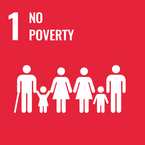
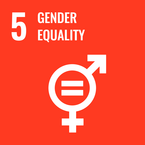
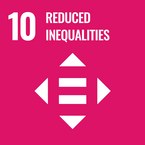
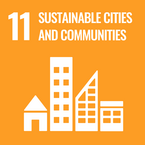
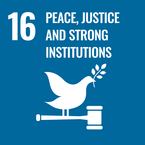
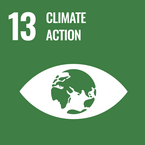

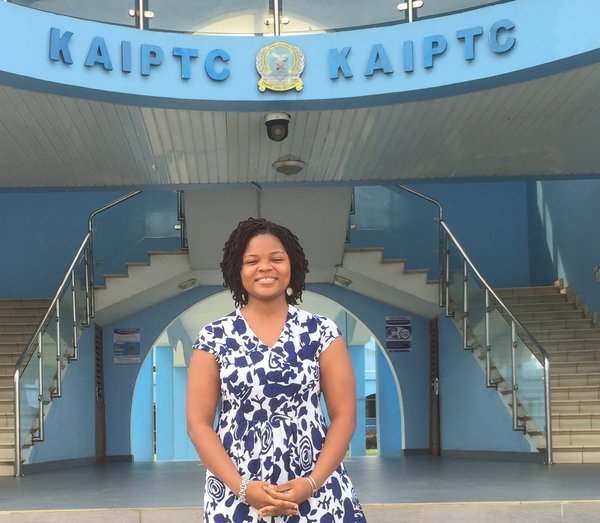
![[Translate to Englisch:] Logo KAIPTC](/fileadmin/_processed_/3/4/csm_logo-approved-RGB03_f1379a5000.jpg)
![[Translate to Englisch:] Logo Entwicklungszusammenarbeit](/fileadmin/_processed_/7/a/csm_logo-entwicklungszusammenarbeit_e6b20cfb64.jpg)
![[Translate to Englisch:] Logo fed ministr of defence](/fileadmin/Pictures/Trainings/logo-fed-ministry-of-defence.jpg)